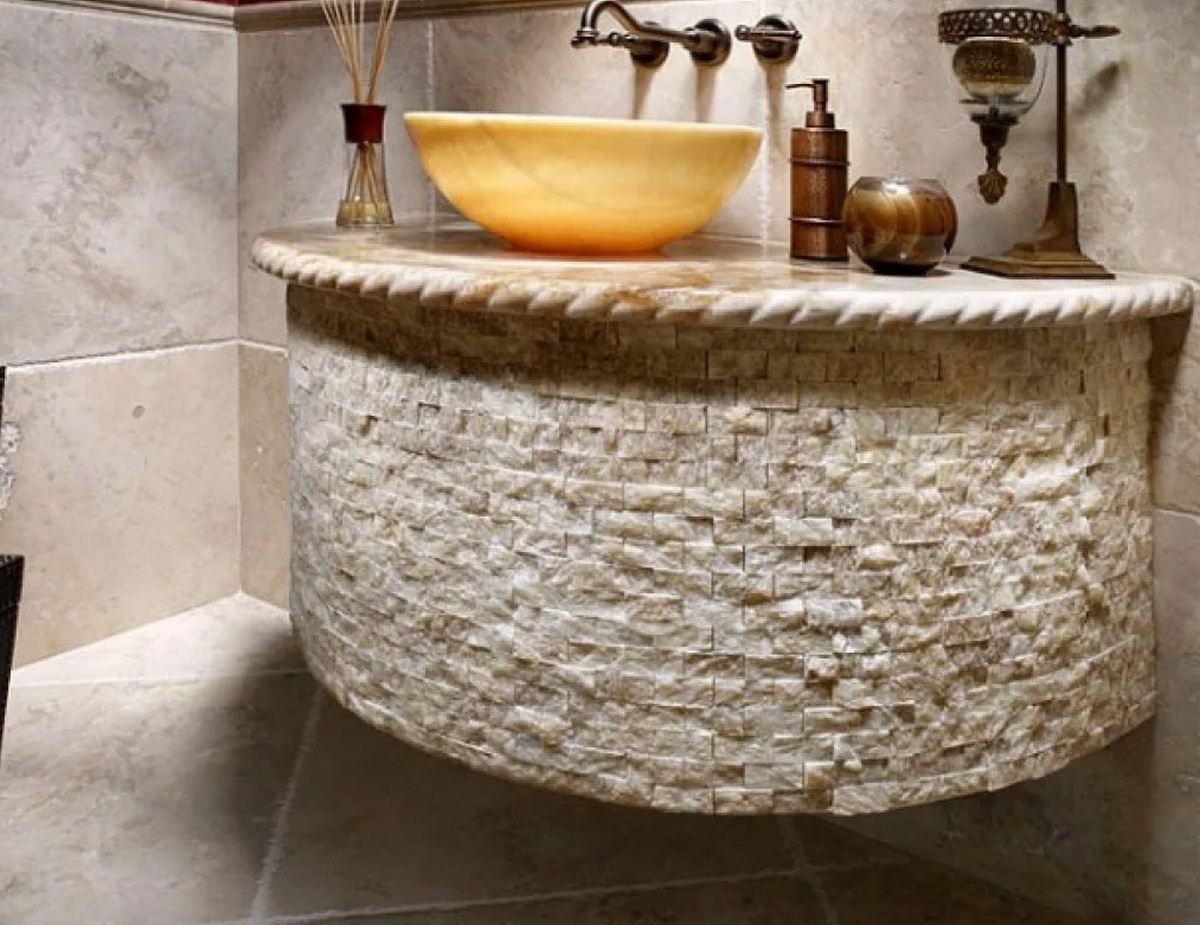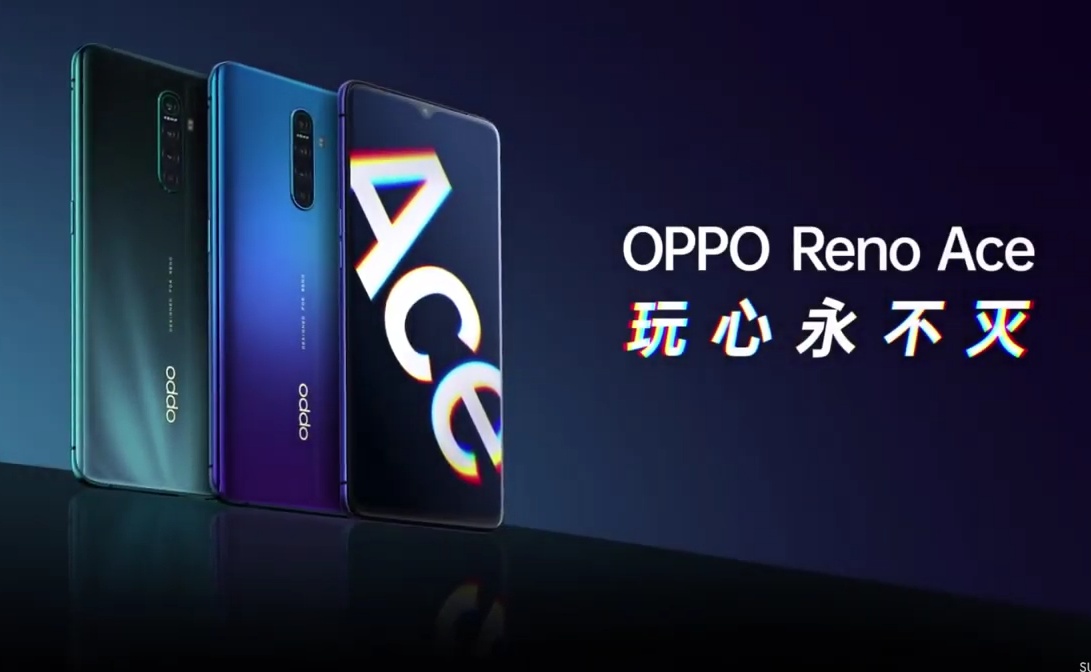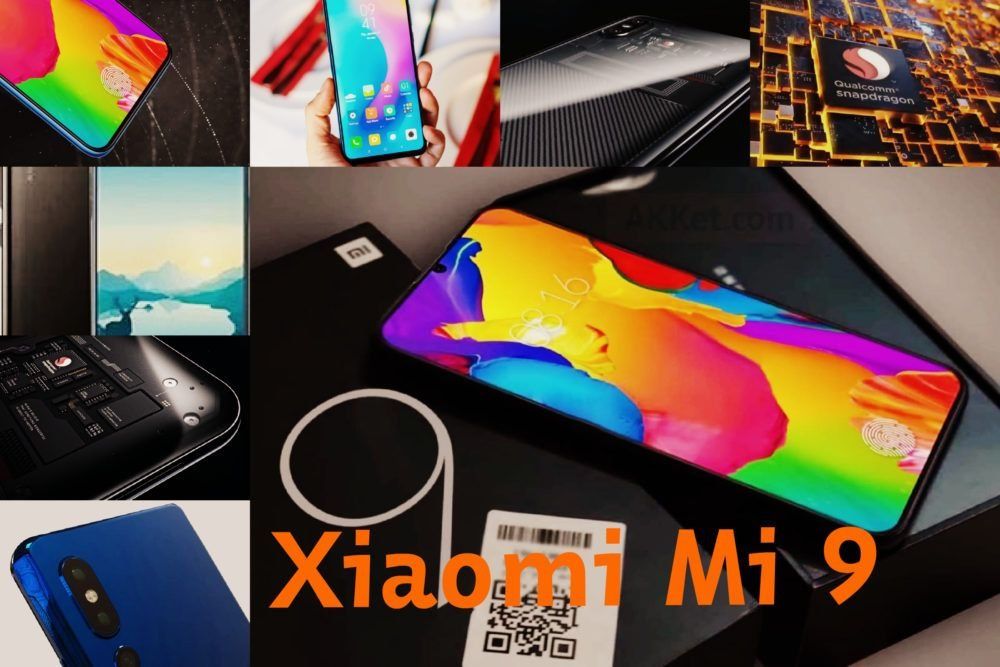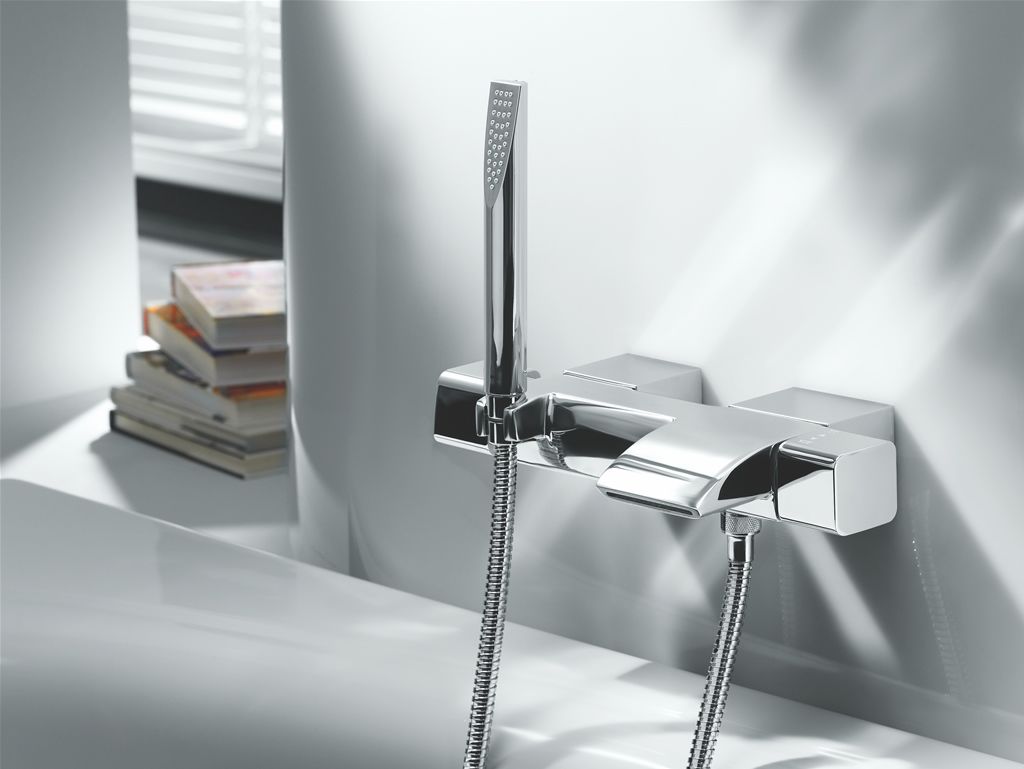Ranking of the best travertine mosaic for 2022

Travertine mosaic is a kind of stone mosaic made from natural limestone. This type of finish is often used both for cladding the external walls of buildings and for decorating interior spaces. However, large-scale travertine calculations can rarely be seen on the facades of buildings, because this material does not tolerate the influence of negative weather conditions. The reason for this is the porosity of travertine, which implies its susceptibility to the damaging effects of precipitation. Nevertheless, if such a mosaic is given proper protective impregnation during finishing, then it will last for decades outside.

Content [Hide]
Mosaic from travertine: general information
In building cladding, travertine is used to decorate public buildings and structures. This stone has been known since the times of Ancient Rome, and already at that time it was used to decorate rich interiors, when it was necessary to emphasize a luxurious appearance. By itself, this stone is a limestone sedimentary rock with a porous structure, which is formed when sedimentary deposits of calcium carbonate fall out of fresh water (especially relevant for hot springs). Due to its porous structure, the stone acquires a sufficient level of strength and is able to successfully withstand multiple mechanical loads. It is this quality that makes it an ideal material for the manufacture of small chips-plates for the production of mosaic layouts. At the same time, this breed is able to conduct heat very well, so the floor mosaic from it is quite suitable even for the “warm floor” system. The available color range is particularly wide, which allows you to choose the right shade for almost any interior style.
Manufacturing technology
In fact, any stone processing industry tries to prevent the formation of a large amount of related waste - any small fragments and stone chips are used to make tiles (by pressing), and more accurate fragments are selected and a decent mosaic panel can be made from them. The smallest parts go to the manufacture of mosaic plaster. Accordingly, the elements of travertine mosaics usually have an irregular shape. However, if a large piece of this porous rock is specifically intended for the manufacture of chips-plates, then it is easy to cut it into squares, rectangles, long strips, and even hexagons.
The sawn fragments are glued onto a special grid-matrix, thus forming relatively large individual modules. The chips themselves can be either completely polished and smooth, or have some roughness. The size of future modules can be varied, but for all types, the method of gluing and finishing grouting remain the same.
The value of travertine-based mosaics is due to the following points:
- Unchanging and unique pattern - in nature there are no two identical chips-plates repeating each other;
- Environmental friendliness - the material is 100% natural and therefore environmentally friendly;
- Long service life - unlike glass or ceramics, travertine is characterized by excellent strength and can easily withstand mechanical stress and temperature changes;
- Ease of laying - even the smallest travertine fragments are very easy and simple to lay.
Advantages and disadvantages of travertine
The main advantages of this limestone mosaic include:
- Successful resistance to the formation of mold and fungus (with a minimum layer of protective impregnation);
- Increased level of strength;
- The versatility of color schemes implies the possibility of decorating most types of interiors with it;
- Unpretentiousness in general care;
- Looks great in natural light and doesn't glare.
Few disadvantages of travertine are related to its porous structure:
- It is absorbent - it is able to perfectly absorb and accumulate moisture;
- It quickly collapses when treated with chemically aggressive detergents;
- The product in the final form is somewhat expensive (due to its versatility)
Areas of use
Mosaic from travertine (as a finishing material for external and internal work) is used extremely widely. It could be:
- Facing the fireplace area;
- Wall decoration of bathrooms, showers, saunas and bathrooms;
- Decoration of doorways and stairways, columns;
- Decoration of kitchen aprons and walls in living rooms;
- Floor covering;
- Facing of external facades of buildings.
Fireplace areas decorated with mosaic travertine look very luxurious and noble. In any case, they will be an excellent replacement for any other expensive material, such as marble. The floor covering made of it is more resistant to abrasion, maintains anti-slip properties well. At the same time, it is possible to polish travertine even at home, and it will look more elegant than any other natural stone.
It should be noted that the travertine mosaic is not subject to the negative effects of low temperatures, as well as direct ultraviolet rays. These properties significantly expand the scope of its application. Thus, the warm colors of the stone (if it is cut to order) will easily add coziness and light to the interior of any style.Experts believe that with the help of a mosaic of the type in question, it is very easy to form an original and unusual pattern or ornament on the surface.
Simulated and natural types
Today there is a technology in which it is possible to imitate the imposition of travertine by adding coloring agents to various hard minerals. This method prevails in the manufacture of the considered mosaics, which are made in the vastness of South Asia. In general, it turns out almost identical visual effect. However, such products do not have all the natural properties of the material in question. Naturally, travertine imitation slabs are created by overlaying a digital pattern on a mesh base. Today, this fashionable option is present in the collections of many major manufacturers. As a result, you can get the visual effect of natural stone on a stone surface. The material will differ in that real travertine absorbs water, has a rougher surface, has less softness, and is much stronger. In terms of the price of other materials, travertine can be cheaper than some types of ceramic tiles, but Turkish and Italian materials are 1.5-2 times more expensive than tiles.
Design style solutions
In most cases, the use of traverine will depend on where it is mined/produced. Based on its final purpose, it is an excellent material for decorating areas with humidity conditions, but only when treated with a special impregnation. Accordingly, there are several style solutions for the design of such premises.
- "Antik" (Antique)
To finish the pool bowl or a large bathtub, a mosaic ornament based on light beige travertine is suitable.Different combinations of image sizes will be appropriate here: for example, an ornament will run along the circumference, and a full drawing will be located in the center. It is also possible to transfer the design directly to the sides or borders. Large-scale panels and decoration of columns are also suitable for "antique".
- "Provence"
The main feature of this style is its commitment to the Mediterranean theme. The presence of white and blue flowers will contribute to the creation of a special comfort. Also, it is characterized by mosaics with a matte surface, lined with small modules, which can also be diluted with a ribbon ornament. The main colors for "Provence" are light brown, pale yellow and not very bright beige.
- Turkish
This style recognizes exclusively natural stone color; it is not typical for it to have several shades in a mosaic at once. With it, the walls and floor should be of the same color, it is desirable to illuminate the layout with directional lamps (slightly muted in the corners), and a variety of geometric shapes can be the subject of the picture.
- Moroccan
For such a travertine mosaic, it is preferable to use a painted stone, giving preference to golden hues. It will look even better if the corners are accentuated in almond color with the right patterns. It is worth noting that in this style, experts prefer to design flooring.
Aesthetic and technical parameters of mosaic travertine
- original combination
Taking into account the fact that the stone in question has a peculiar porous structure, its use in mosaic work is a rather bold move. Due to the natural texture, the mosaic pattern will turn out moderately bright and visually unusual.It is quite possible to consider that even the smallest fragment will be a separate picture. On the other hand, if you need to saturate the ornament (or a full-fledged drawing) with various tones, then it will be very easy to do this by applying the painting of individual modules. In general, travertine provides the widest areas for the flight of designer imagination.
- "Stone" reliability
Even large monolithic pieces of travertine can be used as building material. It will always remain strong and reliable even after a long period of time. If you apply a mosaic travertine laying on the flooring, then such a floor will not be afraid of the highest load. Separately, we should mention protective impregnations - with their help, almost eternal material can be made from travertine. The main thing is not to forget about protection from moisture, because a panel or mosaic in conditions of high humidity will easily turn into a real sponge (because travertine is an excellent absorbent), and their structure will slowly begin to collapse. In any case, this type of mosaic can even be laid on the bottom of the pool, making it a small work of art.
- "Heart Warmth"
Experts believe that the material in question itself can convey to a person a feeling of some kind of warmth, a sense of security. This quality is influenced primarily by the natural color of stone limestone and its natural shades. Accordingly, by placing a mosaic on the wall, you can get a visual display of a sense of comfort and warmth. The predominance of light colors in the layout can easily cheer you up, and the room will be given a memorable and unique look.
- Availability and quality at reasonable prices
Due to the fact that travertine is not considered a very rare stone, it is easy to find in almost any hardware store. However, it is a specialized material, so it is better to pick it up in special outlets whose business is focused on the sale of finishing components. It is there that you can choose the best options for laying out the mosaic of the most complex type. Again, due to the availability of limestone mining, the price of travertine modules is unlikely to be a big bust for the wallet.
Features of mounting technology
When laying mosaic travertine, it is necessary to take into account some of its features:
- If flooring or any place with high humidity is supposed to be installed, the entire mosaic must be finished impregnated. In the first case, a composition is used that strengthens the structure of the stone, in the second, it reduces the absorbent properties.
- When processing seams, a special grout is used (as for natural stone) and any quick-drying compounds. It is better not to use standard types of grout, because they can paint the material in unnecessary colors, giving it a clearly unnatural shade.
- The surface can be processed in any way to obtain a glossy or matte base. Both of these shades can be used in stone mosaic panels to obtain an unusual and sophisticated pattern.
- By itself, travertine has an original appearance, while being a completely self-sufficient material, which, by and large, does not need to be supplemented or combined. Experts generally believe that travertine does not like a lot of extra elements.
- If it is supposed to finish a considerable area, then modules / fragments should be selected as large as possible. Thus, it is possible to improve the final reliability and strength.
- It is for laying out ornaments that it is preferable to use rectangular chips-plates. For them, it is better to use elements with a beige color, then the final grouting seams will become almost invisible, and this will play into the hands of the overall pattern.
- For fixing, it is better to use a special adhesive composition (as for natural stone). The main thing is that he can fully fill the pores of that side of the stone, which will remain invisible.
As for speeding up the workflow, it is better to lay out the image in parts, having previously created separate modules by nesting parts on a grid. So it will be more convenient to form the entire drawing in the future. However, this technique is not suitable for abstract ornaments - they must be laid out in small parts and separately. To obtain extremely small fragments (for example, to shape facial features), large plates can be cut with water and sand on a special apparatus. Even the smallest details can then be combined properly.
Ranking of the best travertine mosaic for 2022
Budget segment
3rd place: "Bricks 2.3*4.8cm"
votes 0
This sample is 2.3 x 4.8 cm natural travertine chips glued to a 30.5 x 30.5 cm mesh, imitating brickwork. The model is made of "classic light" travertine limestone with veins and filled pores. Producer - Turkey, polished surface, cut type - Wein cut, there is a filling of pores. The total weight of one module is 25 kilograms.The recommended cost for retail chains is 5400 rubles.

- The presence of filled pores;
- Classic look;
- Polishing.
- Not detected.
2nd place: "Splitface 2.3*7cm"
votes 0
This model has a rock texture and is perfect for decorating any room. The natural texture of crushed stone will harmoniously fit into any interior. The Splitface product is suitable for use in wet areas (bathrooms, saunas, hamams) as well as when decorating fireplaces or stoves.
Manufacturer - Turkey, surface type - "antique", dimensions 305 x 305 x 20 millimeters. The weight of the module is 40 kilograms. The recommended cost for retail chains is 6500 rubles.

- Large modules;
- antique style;
- Quality manufacturing.
- Great weight;
- No pore filling.
1st place: "GOLD 10 x 10 cm"
votes 0
This model is made in antique style, great for finishing flooring. Also, this product can perfectly decorate the walls in large rooms. Large fragments (only four on one module) will speed up the installation process. Manufacturer - Greece, the surface is made in the style of "Antique", the filling of the pores is absent, the dimensions of the module are 100 x 100 x 10 millimeters. The weight of the module is 20 kilograms. The recommended cost for retail chains is 6,700 rubles.

- Large modules;
- Fast display;
- Traditional colors.
- Not detected.
Middle price segment
3rd place: "NIGHT 10 x 10 cm"
votes 0
A good multi-colored option, intended for finishing rooms with high humidity. The module is made in antique style, has rounded edges.Before laying it is necessary to use a special adhesive mixture that would fill the back pores. Manufacturer - Greece, length - 100 mm, width - 100 mm, thickness - 10 mm. The weight of one module is 25 kilograms. The recommended cost for retail chains is 7,000 rubles.

- Average weight;
- Fast installation;
- Adequate price.
- Not detected.
2nd place: "Classic 2.3*2.3cm"
votes 0
Such a product has classic-shaped chips-plates with dimensions of 2.3 x 2.3 x 1 cm, placed on a grid of 30.5 x 30.5 cm. The surface is unpolished, there are open pores. The main area of application is bathrooms, swimming pools, saunas and hamams. Manufacturer - Turkey, type of cut - Cross cut, filling of pores - not filled, length - 305 mm, width - 305 mm, thickness - 10 mm. The total weight of the module is 25 kilograms. The recommended cost for retail chains is 7300 rubles.

- Excellent value for money and quality;
- Volumetric classical surface;
- Large chips-plates.
- Not detected.
1st place: "Splitface-M"
votes 0
This is the most textured model from the "Splitface" line. The thickness of the chip-plate varies from 2 to 3 cm. Due to the large thickness, it creates the impression of a wild stone. Can be made in any color. Manufacturer - Turkey, length - 305 mm, width - 305 mm, thickness - 10 mm. The recommended cost for retail chains is 8,000 rubles.

- original invoice;
- Filled pores;
- Versatility of application;
- thickness variation.
- Due to small modules, the installation process may be delayed;
- Somewhat overpriced.
Premium class
3rd place: "Classic-M 1*1cm"
votes 0
This model has square chips-plates measuring 1 x 1 x 1 cm, pasted on a grid of 30.5 x 30.5 cm. The sample has a classic pink color, but can be in any color and executed in a polished or polished finish. Manufacturer - Turkey, length - 305 mm, width - 305 mm, thickness - 10 mm. The sample is intended for use in rooms with high humidity, the pores are filled. Recommended price for retail chains — 9000 rubles

- Color variability;
- Filled pores;
- Surface grinding and polishing.
- Not detected.
2nd place: "Classic-T 4.8*4.8cm"
votes 0
A classic porous model, specially designed for shower and bathroom equipment, baths and saunas. With this material, you can completely finish the entire room: the walls, the floor, and the ceiling. A separate stacking of each chip-plate is recommended, which may take a little longer. Requires installation with a special adhesive composition. The recommended cost for retail chains is 9500 rubles.

- Orientation to rooms with high humidity;
- Possibility of complete finishing of the whole room;
- Classic color.
- Laborious styling;
- Somewhat overpriced.
1st place: "Brick-K 4.8*10cm"
votes 0
This sample is focused on finishing kitchen "aprons". Perfect for wall placement, has a classic pink color. Installation is possible both as separate chips and by sticking them on a mesh base. The pores are filled, so the final finish is not afraid of high humidity. The entire installation process will not be too laborious. The recommended cost for retail chains is 9600 rubles.

- Real value for money;
- Focus on kitchen finishing;
- Possibility of sticking on a mesh base.
- Not detected.
Conclusion
Travertine mosaics have all the advantages and beauty of a natural material, but due to a rougher and more textured surface, they can look a little simpler than the same marble. However, they have an undeniable and main advantage over marble samples - an affordable price. The most common use of such panels in the interior is the decoration of the floor or walls with large slabs or even slabs (if we are talking about large-scale commercial spaces).
new entries
Categories
Useful
Popular Articles
-

Top ranking of the best and cheapest scooters up to 50cc in 2022
Views: 131655 -

Rating of the best soundproofing materials for an apartment in 2022
Views: 127695 -

Rating of cheap analogues of expensive medicines for flu and colds for 2022
Views: 124522 -

The best men's sneakers in 2022
Views: 124040 -

The Best Complex Vitamins in 2022
Views: 121943 -

Top ranking of the best smartwatches 2022 - price-quality ratio
Views: 114982 -

The best paint for gray hair - top rating 2022
Views: 113399 -

Ranking of the best wood paints for interior work in 2022
Views: 110323 -

Rating of the best spinning reels in 2022
Views: 105333 -

Ranking of the best sex dolls for men for 2022
Views: 104371 -

Ranking of the best action cameras from China in 2022
Views: 102220 -

The most effective calcium preparations for adults and children in 2022
Views: 102014









